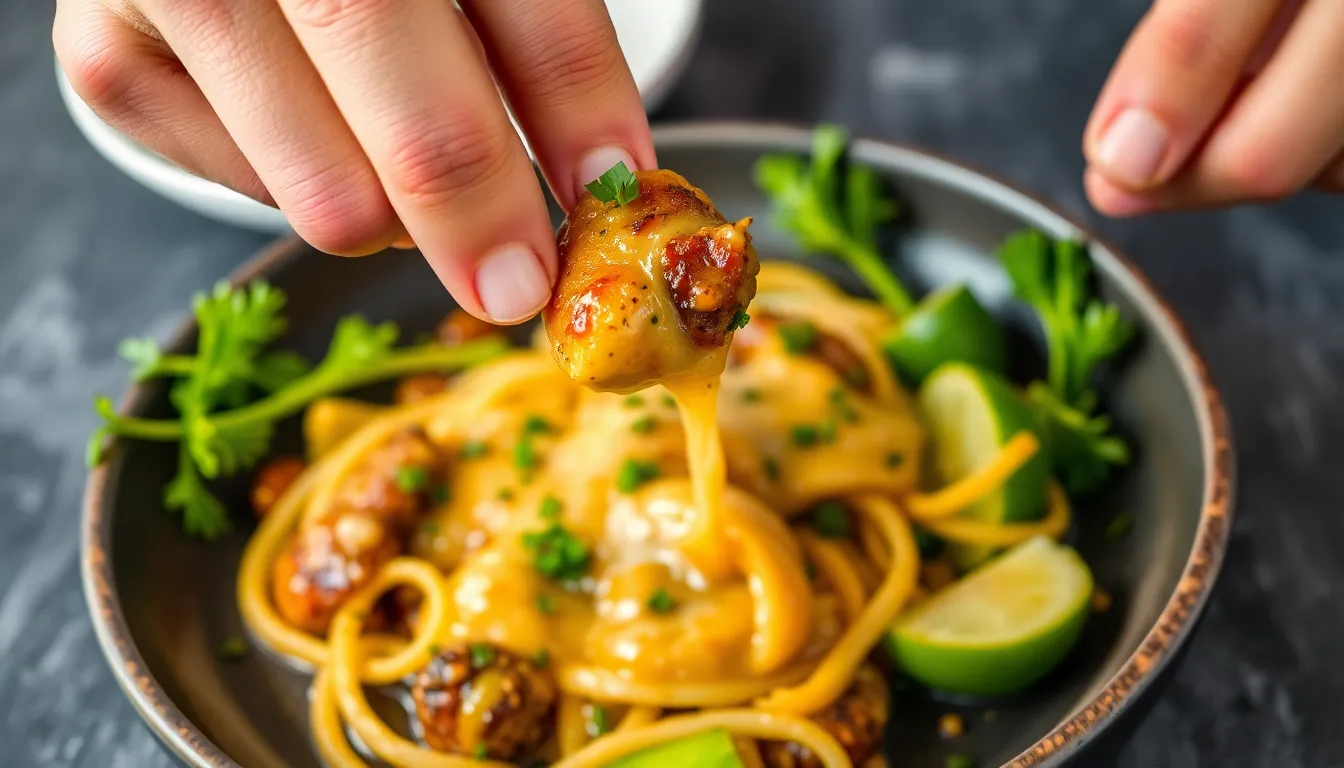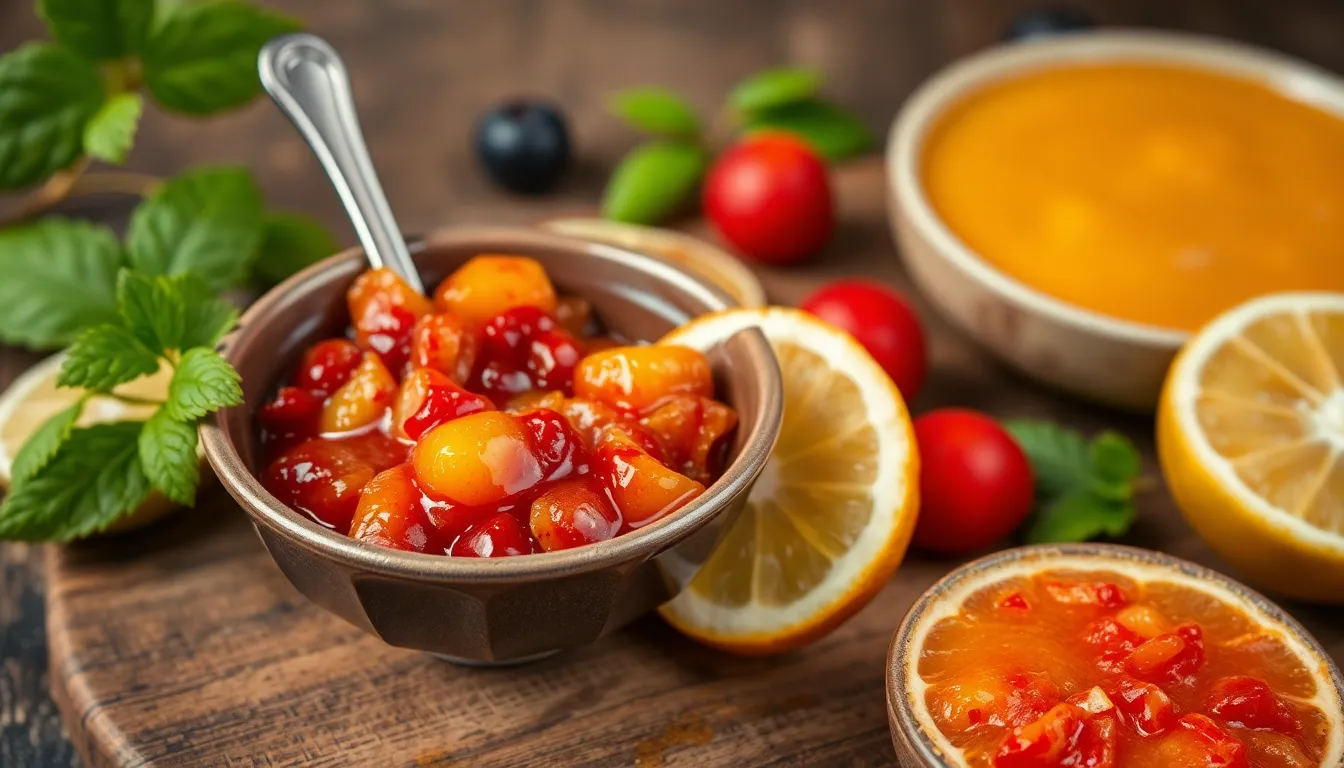How to Make a Classic Vanilla Bean Cake: Tips and Tricks
Introduction
The classic vanilla bean cake is a timeless dessert that brings a touch of elegance to any occasion. Whether it’s a birthday, wedding, or just a special family gathering, this cake is sure to impress with its rich flavor and fluffy texture.
One of the key elements to achieving the perfect vanilla bean cake is the use of high-quality ingredients. The flavor of your cake relies heavily on the quality of the vanilla beans, butter, and other components. In this article, we will cover everything you need to know to create a delicious classic vanilla bean cake, from ingredients and equipment to step-by-step instructions and tips for success.
Section 1: Ingredients
To make a classic vanilla bean cake, you’ll need the following essential ingredients:
- Flour
- Sugar
- Butter
- Eggs
- Vanilla beans (or extract)
- Baking powder
- Salt
- Milk
Ingredient Table
| Ingredient | Amount | Notes |
|---|---|---|
| All-purpose flour | 2 ½ cups | Use high-quality flour for a better texture |
| Granulated sugar | 1 ½ cups | Opt for organic sugar for a cleaner taste |
| Unsalted butter | 1 cup (2 sticks) | Room temperature, use high-fat butter for richness |
| Large eggs | 4 | Use fresh organic eggs for the best flavor |
| Vanilla beans | 2 | Use real vanilla beans for the best flavor; substitute with 2 tsp extract if needed |
| Baking powder | 2 ½ tsp | Ensure it’s fresh for proper leavening |
| Salt | ½ tsp | Enhances flavor; use fine sea salt |
| Whole milk | 1 cup | Room temperature for better mixing |
Section 2: Equipment Needed
Before you start baking, make sure you have the following kitchen tools at your disposal:
- Mixing bowls
- Electric mixer (stand or hand)
- Measuring cups and spoons
- Baking pan(s) (9-inch round or 8-inch square)
- Cooling rack
- Spatula
Choosing the Right Equipment
The right equipment can make all the difference in baking. Here are some tips:
- Invest in a good quality electric mixer; it saves time and ensures even mixing.
- Use glass or metal baking pans for better heat conduction.
- Ensure measuring cups and spoons are accurate to achieve the correct proportions.
Section 3: Step-by-Step Instructions
Step 1: Prepare the Oven and Baking Pan
Preheat your oven to 350°F (175°C). While the oven is heating, grease and flour your baking pan to prevent sticking. You can also line the bottom with parchment paper for extra security.
Step 2: Mix Dry Ingredients
In a medium bowl, combine the flour, baking powder, and salt. Whisk them together to ensure they are evenly mixed. This helps to distribute the leavening agent uniformly throughout the cake.
Step 3: Cream Butter and Sugar
In a large mixing bowl, add the softened butter and granulated sugar. Using an electric mixer, cream them together on medium speed until the mixture is light and fluffy, about 3-5 minutes. This process incorporates air into the batter, creating a lighter texture.
Step 4: Add Eggs and Vanilla
Next, add the eggs one at a time, mixing well after each addition. If you are using vanilla beans, split them open and scrape out the seeds, adding them to the mixture along with the vanilla extract if using. Beat until well incorporated.
Step 5: Combine Dry and Wet Ingredients
Gradually add the dry mixture into the wet mixture, alternating with the milk. Start and end with the dry ingredients. Mix gently; overworking the batter can lead to a dense cake.
Step 6: Bake the Cake
Pour the batter into the prepared pan and smooth the top with a spatula. Bake in the preheated oven for 25-30 minutes or until a toothpick inserted into the center comes out clean. Keep an eye on the cake to avoid overbaking.
Step 7: Cool and Frost
Once baked, remove the cake from the oven and allow it to cool in the pan for about 10 minutes. Then, transfer it to a cooling rack to cool completely. Frost with your favorite frosting; buttercream or cream cheese frosting pairs beautifully with this cake.
Section 4: Tips and Tricks
Creating the perfect vanilla bean cake can sometimes come with its challenges. Here are some tips to help you avoid common pitfalls:
- Overmixing: Be gentle when combining ingredients. Overmixing activates gluten, leading to a dense cake.
- Freshness of Ingredients: Always check the expiration dates on your baking powder and other ingredients for the best results.
- Temperature: Ensure the butter and eggs are at room temperature for better emulsification.
Achieving the Best Vanilla Flavor
The flavor of vanilla can be significantly influenced by the type of vanilla used. Real vanilla beans provide a depth of flavor that extract simply cannot match. For an even richer experience, consider infusing your milk with vanilla bean seeds before adding it to the batter.
Storage Tips
To keep your cake fresh:
- Store it in an airtight container at room temperature for up to three days.
- If not consumed within a few days, refrigerate the cake to prolong freshness, but bring it back to room temperature before serving.
Variations to Consider
Feel free to experiment with the classic vanilla bean cake recipe! Here are some variations to try:
- Add citrus zest (like lemon or orange) for a refreshing twist.
- Incorporate chocolate chips or chunks for a chocolate-vanilla combination.
- Mix in nuts or dried fruits for added texture and flavor.
Section 5: Serving Suggestions
Once you’ve baked and frosted your vanilla bean cake, it’s time to serve! Here are some delightful ideas:
- Serve slices with a dusting of powdered sugar for a simple presentation.
- Pair with fresh berries and whipped cream for an elegant dessert.
- Accompany with a cup of coffee, tea, or a glass of dessert wine to elevate your dessert experience.
Conclusion
Making a classic vanilla bean cake is a rewarding experience that highlights the beauty of simple ingredients. By following the steps outlined in this article and applying the tips and tricks, you can create a cake that is not only delicious but also visually stunning. Don’t hesitate to experiment with the recipe to make it your own, and feel free to share your experiences and tips in the comments below!
Call to Action
For more delightful recipes and cooking tips, be sure to subscribe to our blog. Explore our related articles on frosting techniques and cake variations to enhance your baking skills and creativity.




